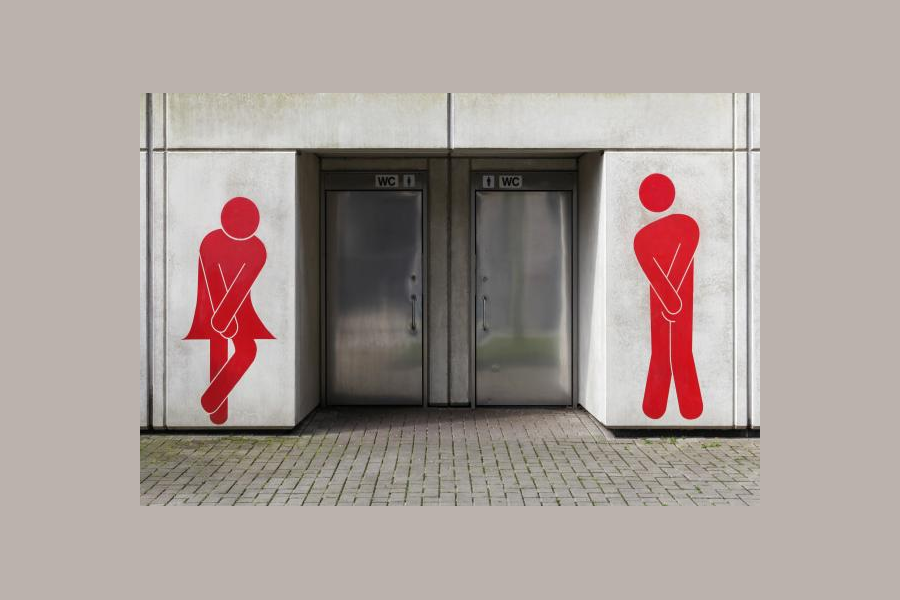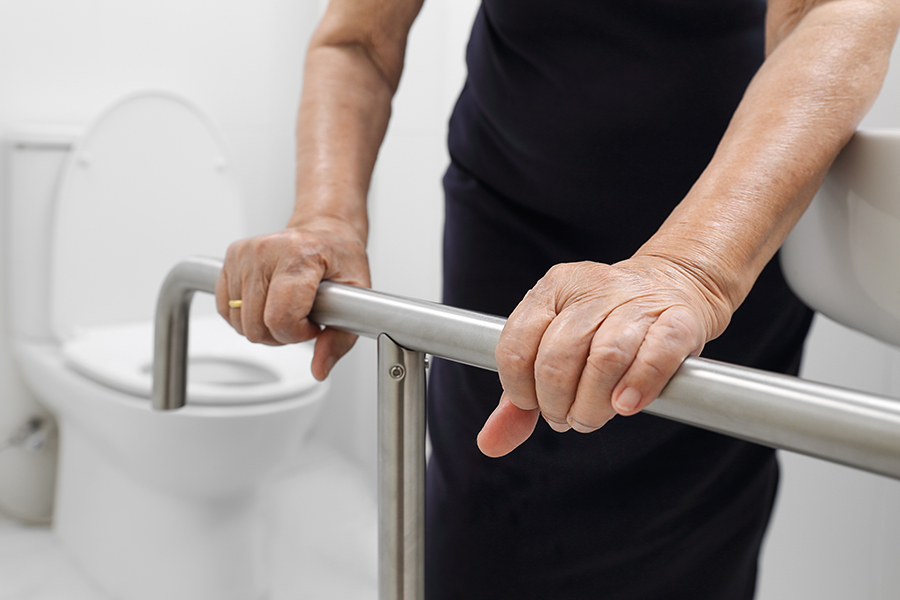Diaper need is the inability to provide enough diapers to allow for babies and toddlers to be changed as often as necessary. 1 in 3 US families struggle to provide enough diapers to keep their babies and toddlers clean, dry, and healthy. Since the pandemic there has been an 86% increase in the number of diapers distributed to families by the National Diaper Bank Network and they project that almost 40% more children are being served. An insufficient number of diapers can lead to diaper rash, UTI’s, diaper dermatitis, and other serious medical conditions causing parents to miss work or school, furthering an increase in poverty.
Childcare
Many childcare providers and early education programs require parents to provide a daily supply of diapers for their child while in their care. Diapers can cost anywhere from $70 to $100 each month and a child can go through 6 to 10 diapers per day. If parents are unable to provide this daily supply of diapers, the child will not be accepted into the program until they can return with enough diapers. This causes parents to have to stay home from school and work to care for the child creating a lack of income or schooling, consequently setting these families up for financial failure.
Diaper Need
Diaper need is a hidden consequence of poverty. 3 million children under the age of 3 live in low-income households. These low-income households must make impossible decisions between necessities like food, rent, and diapers. All are essential to living.
There is a common misconception that these families are just “looking for handouts” but a 2016 study showed that most of the adults living in households receiving diapers from a diaper bank were employed. However, 31% of babies and toddlers living with at least one parent who works full-time were considered part of a low-income family. According to the National Diaper Bank Network, ‘Nationally, 57% of parents experiencing diaper need who rely on childcare said they missed an average of 4 days of school or work in the past month because they didn’t have diapers’.
Because of this lack in their diaper supply, 48% of parents delay changing diapers to extend their supply. To cope, some parents have resorted to using towels, cloths, or even trying to clean used diapers to use again. Cloth diapers are also often not an option since these low-income families are likely to not be able to afford private laundry facilities or may be living in a shelter due to low-income. Diaper Banks help these families by providing diapers to nearly 1 million infants and toddlers each year.
National Diaper Need Awareness Week
Here are a few things you can do to participate in National Diaper Need Awareness Week
- Host a diaper drive
- Volunteer at a local diaper bank
- Request proclamations from elected officials
- Engage in Real Talk on social media via #EndDiaperNeed and #BasicsArentBasic
- Donate to NDBN and/or a local diaper program
You can find a map of national, state, and local proclamations at National Diaper Need Awareness Week | National Diaper Bank Network





















